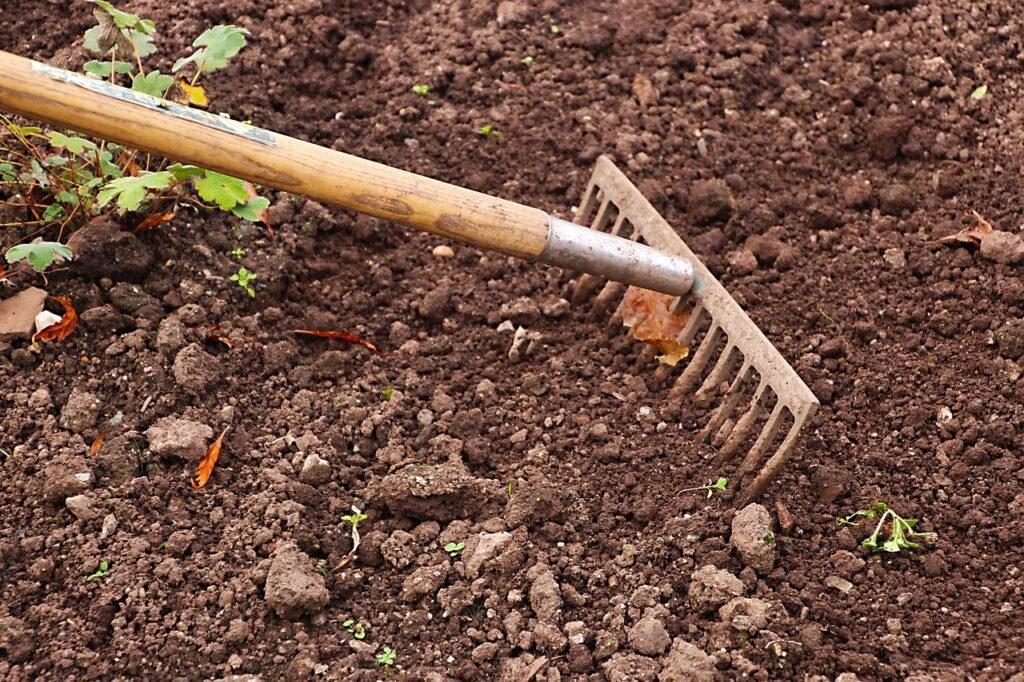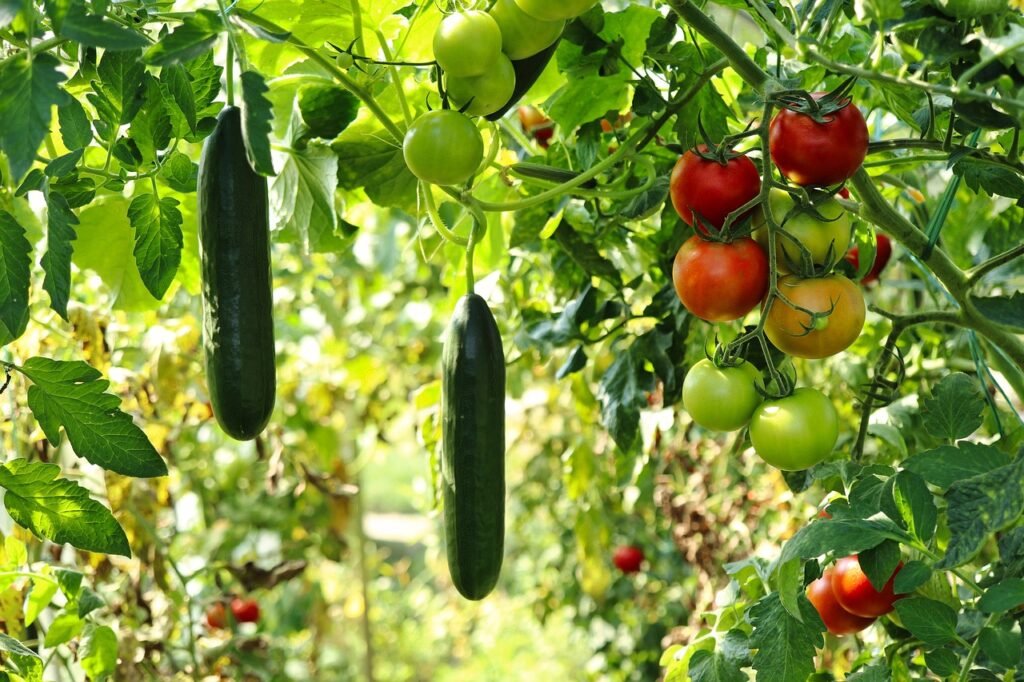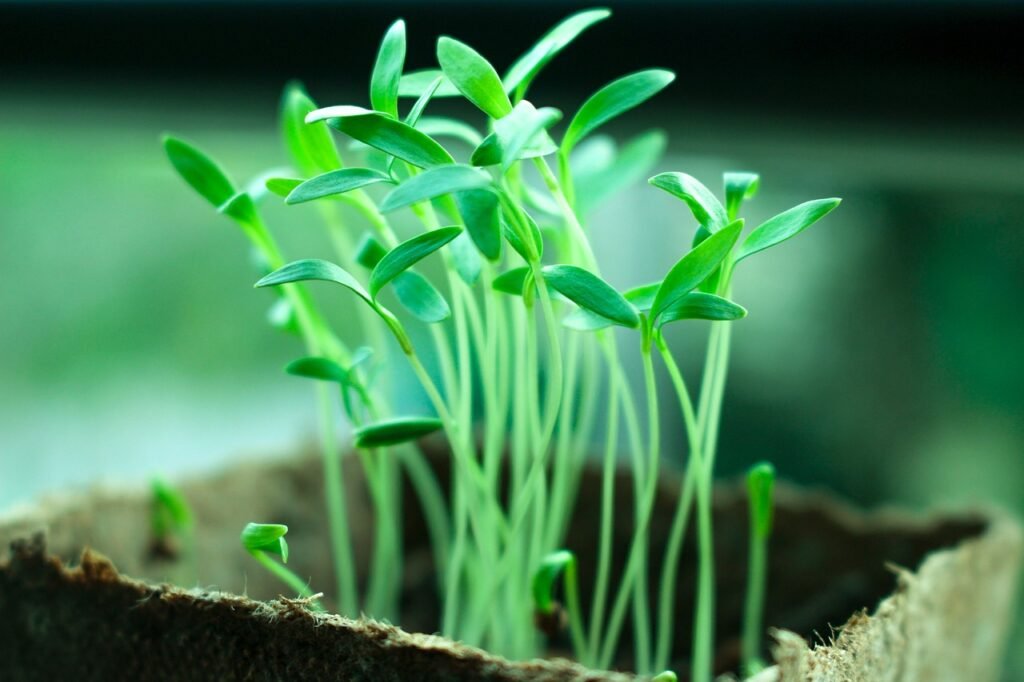As the cold winter months fade away, it’s time to embrace the beauty of spring gardening. Preparing your garden in early spring ensures a thriving and productive season ahead. Whether you’re preparing for spring planting or refreshing your garden beds, this garden planting guide will help you get started.
Follow these garden preparation tips and a detailed spring gardening checklist to make your gardening experience smooth and successful!
1. Clean Up and Assess Your Garden
Before planting, take time to clean up your garden space. Remove dead leaves, weeds, and any debris left from the winter. This step is essential for preparing your vegetable garden and flower beds for new growth.
Checklist for Garden Clean-Up:
- Clear out dead plants, branches, and debris.
- Check soil for compaction and loosen it if necessary.
- Remove weeds to prevent them from competing with new plants.
- Inspect fences, raised beds, and trellises for any damage.
By tidying up, you create a fresh foundation for seasonal gardening and healthier plants.
2. Prepare the Soil for Spring Planting
Healthy soil is the key to a flourishing garden. Spring garden prep requires checking soil quality, amending it with nutrients, and ensuring proper drainage.

Garden Preparation Tips for Soil Health:
- Test Your Soil: Use a soil test kit to check pH levels and nutrient content.
- Add Compost or Organic Matter: Enrich the soil with compost, aged manure, or organic fertilizers to boost fertility.
- Loosen Compact Soil: Aerate the soil by tilling or using a garden fork to improve root growth.
- Mulch the Beds: A layer of mulch helps retain moisture and prevent weeds.
Healthy, nutrient-rich soil makes preparing for spring planting much easier and improves overall plant health.
3. Plan Your Garden Layout and Choose Plants
A well-thought-out garden planting guide ensures that your plants grow efficiently, have enough space, and receive the right amount of sunlight and nutrients. Before preparing for spring planting, take time to sketch your garden layout or use a garden planner app to optimize space.
Garden planting guide for Spring:
Vegetables: Tomatoes, carrots, lettuce, peas, onions, and spinach.
Flowers: Marigolds, tulips, daffodils, and pansies.
Herbs: Basil, mint, parsley, and chives.

Consider factors like sunlight, soil type and drainage, plant spacing, water needs, and crop rotation while planning your spring gardening layout.
4. Start Seeds Indoors or Direct Sow
Depending on your location, you can either start seeds indoors or directly sow them into the ground. For preparing a vegetable garden, starting seeds indoors gives crops like tomatoes and peppers a head start.

Tips for Seed starting:
- Use seed trays with well-draining soil.
- Keep the trays in a warm, well-lit area.
- Transplant seedlings once they develop strong roots.
For fast-growing crops like radishes and lettuce, direct sowing in your garden is a great option.
5. Prune and Prepare Perennials
Spring is the ideal time to prune perennials, remove winter damage, and shape plants for a strong growing season. Proper pruning encourages new growth, enhances flowering, and helps prevent diseases. Whether you’re maintaining flowers, shrubs, or fruit trees, following a garden planting tips for pruning will keep your plants healthy and vibrant.

Pruning Tips:
- Prune fruit trees to enhance fruit production.
- Trim back perennials like roses and lavender.
- Remove weak or damaged stems from shrubs.
Proper pruning is an essential part of seasonal gardening tips and helps keep plants healthy.
Dividing Perennials for a Thriving Garden
Many spring gardening perennials benefit from being divided every few years. This process prevents overcrowding and rejuvenates plant growth.
When to Divide:
Early spring is best for summer- and fall-blooming perennials.
Divide plants when new shoots emerge but before they grow too large.
How to Divide Perennials:
1. Dig up the entire plant with a spade or garden fork.
2. Gently separate roots into smaller sections using a knife or by hand.
3. Replant divisions in well-prepared soil with compost.
4. Water thoroughly to help roots establish.
Common perennials to divide include Hostas, Daylilies, Irises, and Sedum.
6. Set Up Watering and Irrigation Systems
Efficient watering is vital for a thriving garden. Check your irrigation system, hoses, or sprinklers to ensure they work correctly before spring gardening kicks in.

Drip irrigation conserves water while keeping plants hydrated.
Soaker hoses are excellent for deep watering.
Rain barrels collect water naturally, reducing reliance on tap water.
A well-planned watering system helps maintain plant health throughout the growing season.
7. Protect Plants from Pests and Diseases
Early pest control prevents major infestations. Keep an eye out for aphids, slugs, and fungal diseases.
Natural Pest Control Tips:
- Introduce beneficial insects like ladybugs.
- Use natural sprays made from garlic or neem oil.
- Companion planting helps deter unwanted pests.
Monitoring your plants regularly keeps them healthy and reduces future problems.
8. Fertilize and Feed Your Garden
Giving your plants the right nutrients at the right time is key to their success. Use organic fertilizers to boost plant growth and soil fertility.
- Compost: Provides balanced nutrients and improves soil structure.
- Fish Emulsion: Great for leafy greens and herbs.
- Bone Meal: Enhances root development in flowering plants.
A proper feeding schedule ensures your garden thrives all season long.
Conclusion:
Getting your garden ready for the growing season requires proper planning and care. By following this spring gardening checklist, you’ll set yourself up for a lush, productive garden. Whether you’re preparing a vegetable garden or enhancing your flower beds, these garden preparation tips will help you enjoy a successful spring gardening experience.
Start your spring garden prep today and watch your garden flourish. Happy Gardening!
